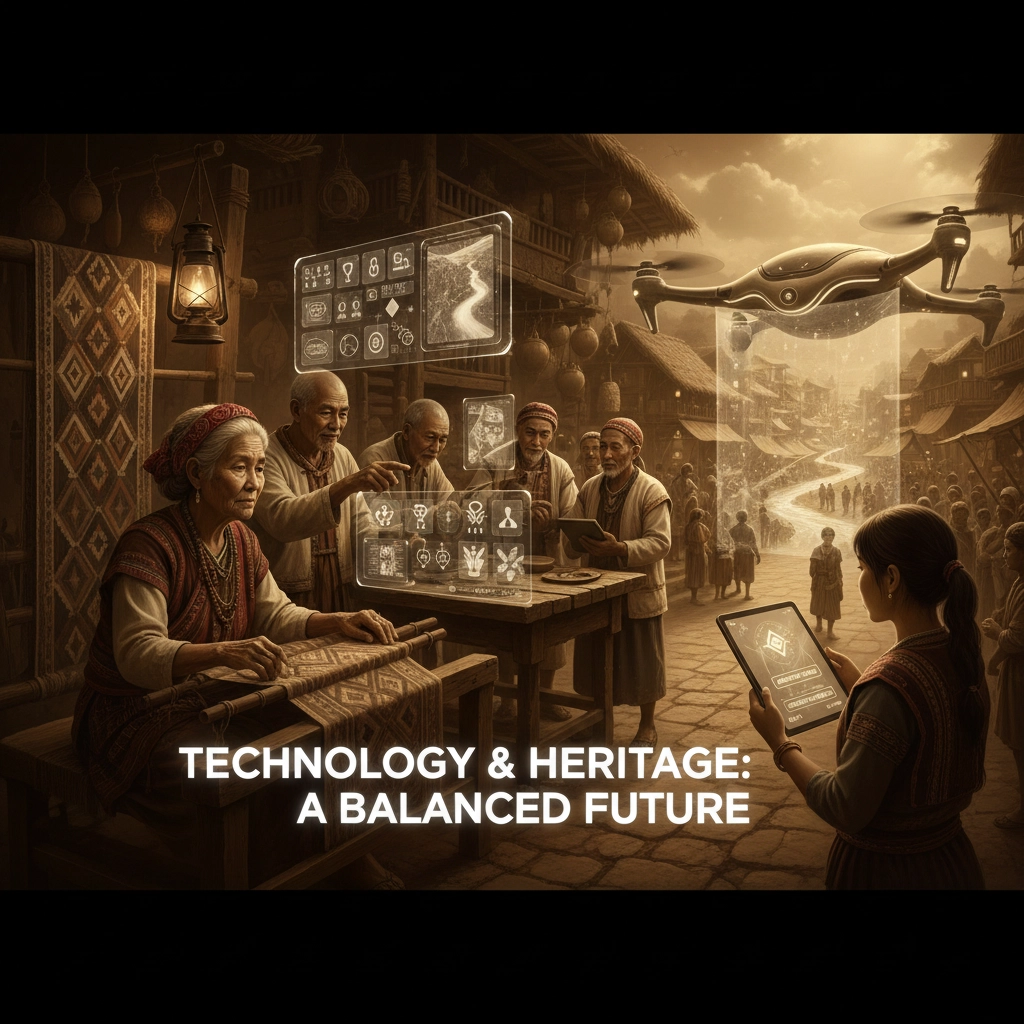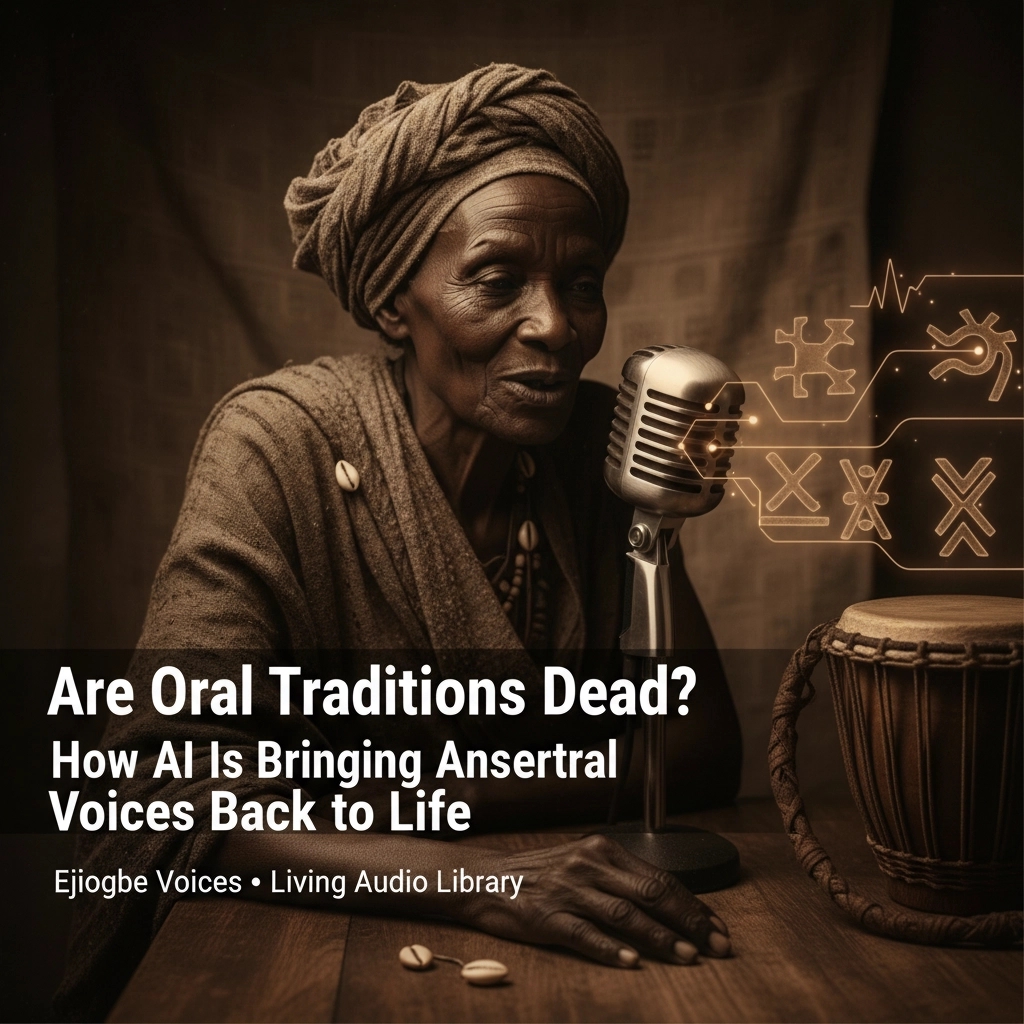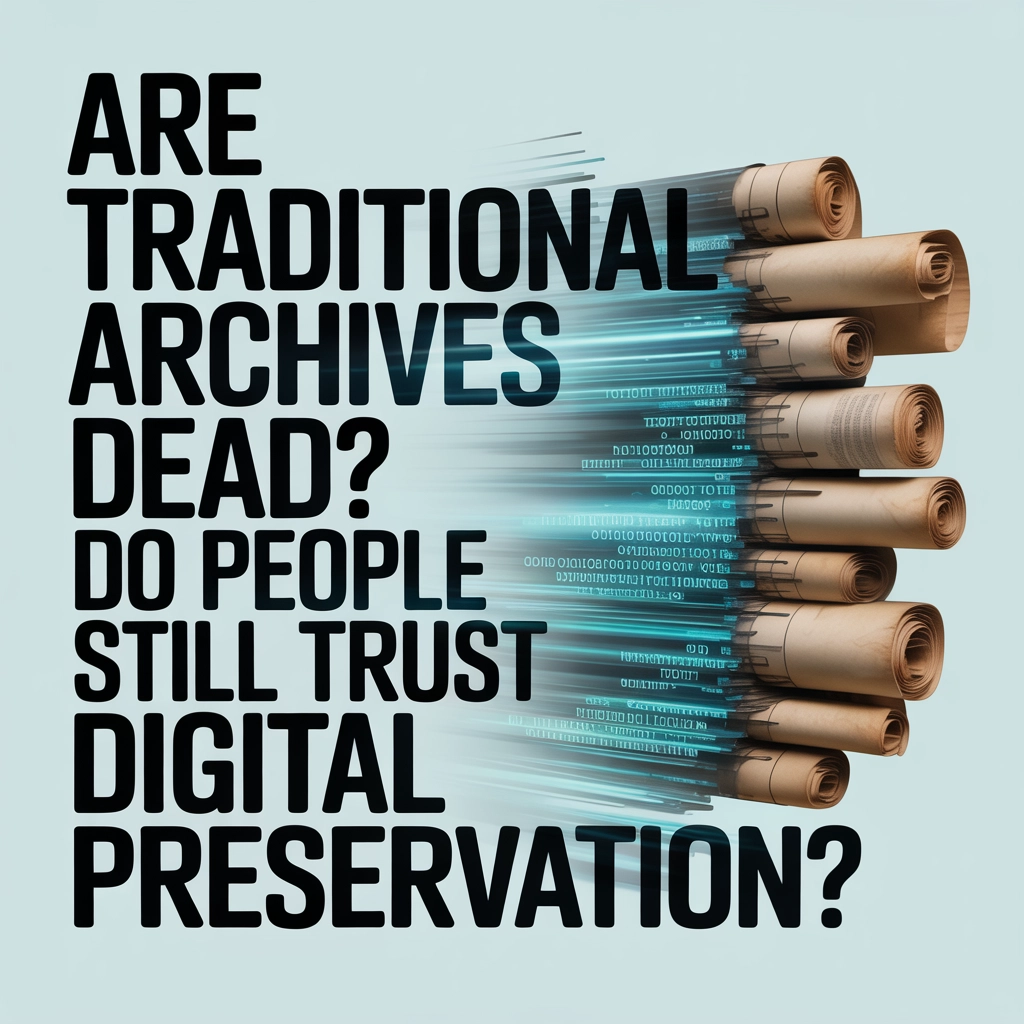In our interconnected world, the sacred responsibility of preserving cultural heritage has found new expression through technology. Yet this digital revolution brings both unprecedented opportunities and profound challenges. How do we harness the power of modern tools while honoring the ancestral wisdom that has safeguarded our traditions for generations?
The answer lies not in choosing between technology and tradition, but in creating a harmonious partnership that empowers communities to maintain control over their cultural narratives while expanding their reach across generations and borders.
Digital Documentation: Expanding the Circle of Preservation
Technology has revolutionized how we document and share our cultural treasures. High-resolution scanning now captures the finest details of ancient manuscripts, preserving sacred texts that once lived only in fragile physical form. 3D modeling allows us to recreate historical sites and artifacts, offering immersive experiences that connect global audiences with heritage previously accessible only to a privileged few.

These digital archives serve as bridges between past and future, ensuring that valuable cultural assets survive physical deterioration while remaining accessible through online repositories. Virtual reality reconstructions of historical sites, digitized oral histories, and comprehensive databases have become lifelines for endangered traditions, securing their survival for generations yet to come.
However, this technological expansion must be guided by community wisdom. The most successful preservation efforts emerge when elders and cultural keepers work alongside technologists, ensuring that digitization enhances rather than replaces traditional knowledge transmission methods.
Preserving Authenticity in the Digital Age
The integration of technology into cultural preservation creates new questions about cultural authenticity. Traditional preservation approaches have long prioritized physical integrity and minimal intervention, using reversible materials and time-tested techniques. Digital preservation introduces new paradigms where the boundaries between original and reproduction become increasingly fluid.
When sacred ceremonies are broadcast virtually or traditional festivals are celebrated in digital spaces, we must ask: What constitutes an authentic encounter with our cultural heritage? The transformation of cultural practices through digital mediums can both preserve and alter their essential nature.
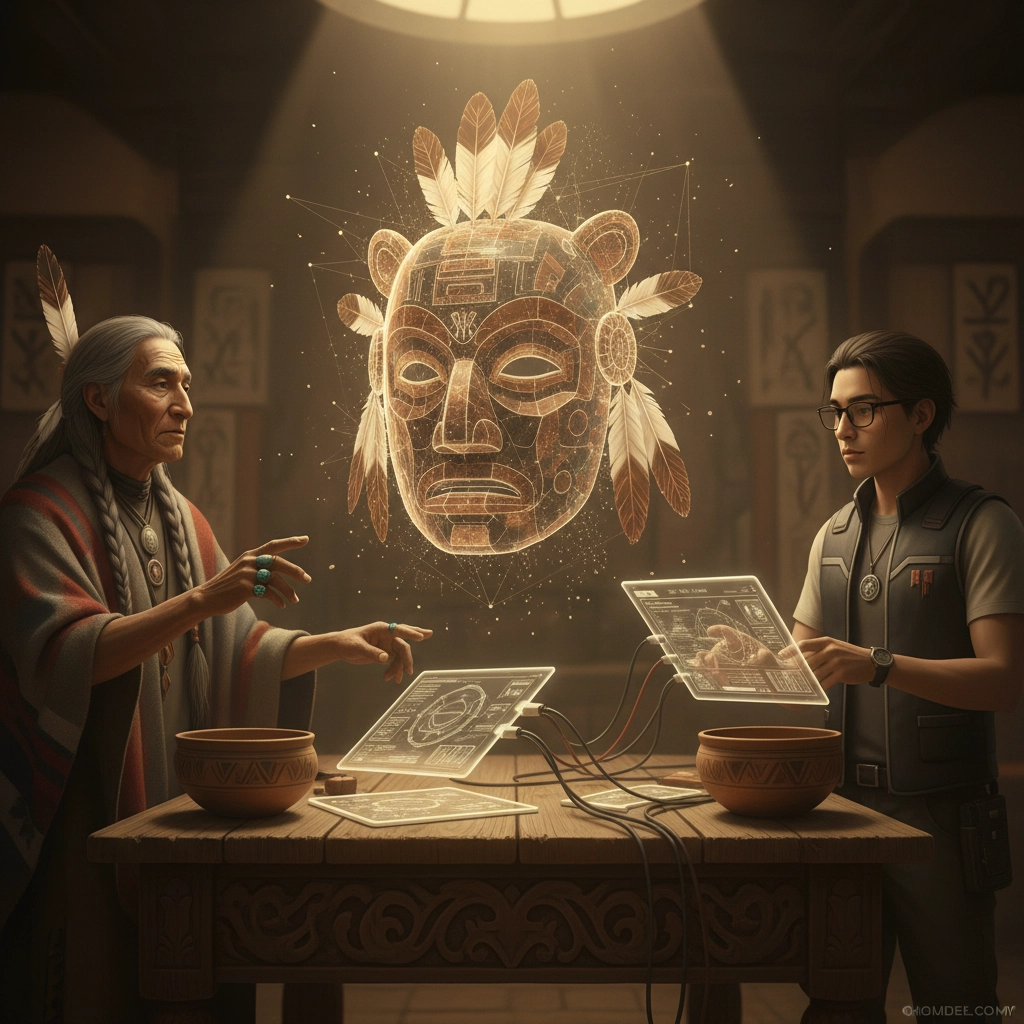
This challenge requires us to establish clear protocols that maintain the spiritual and cultural integrity of our traditions. Community leaders and cultural guardians must define which aspects of their heritage can be digitally shared and which must remain within traditional contexts. This discernment ensures that technological tools serve our communities' values rather than compromising them.
Community Control: Reclaiming Cultural Narratives
Technology has democratized access to cultural knowledge, enabling broader participation in preservation efforts while challenging traditional gatekeepers. Digital platforms allow marginalized communities to share their narratives directly with global audiences, potentially redistributing power in cultural preservation.
This democratization brings both promise and responsibility. While broader access can strengthen cultural connections and foster global understanding, it also raises concerns about cultural appropriation and the commodification of sacred practices. Traditional handicrafts, spiritual rituals, and ancestral knowledge: once deeply embedded in specific cultural contexts: now risk being reproduced and marketed without proper context or permission.
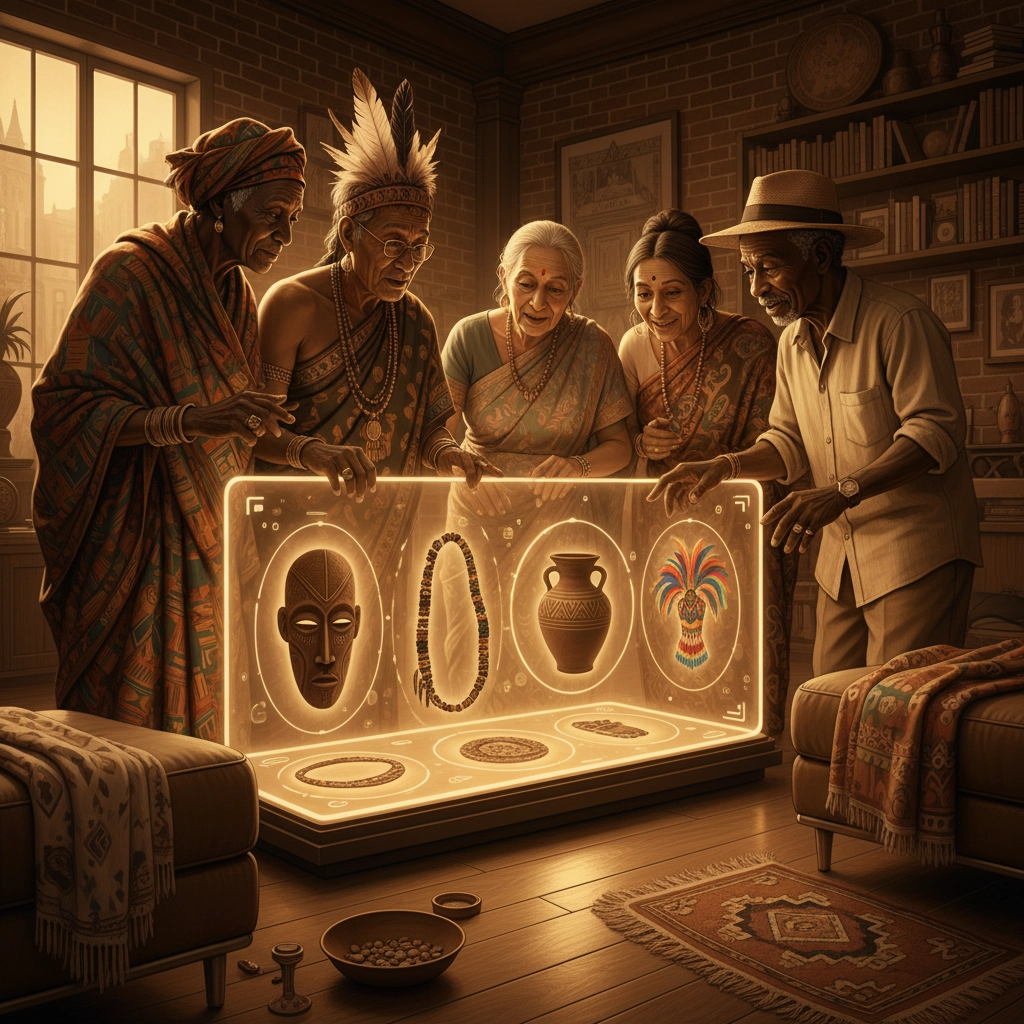
The key lies in ensuring that communities retain ownership and control over their cultural patrimony. This means developing frameworks where community elders and cultural authorities determine how their traditions are shared, who has access to sacred knowledge, and how their heritage is represented in digital spaces.
Building Ethical Frameworks for Sustainable Integration
Maintaining traditional ethics in technology-enabled preservation requires recognizing that technology should amplify, not replace, the expertise of traditional keepers. Successful integration demands comprehensive training programs that equip cultural preservationists with technological skills while deepening their connection to traditional knowledge.
Community engagement becomes the cornerstone of ethical preservation. This involves:
- Collaborative decision-making where community elders guide technological implementation
- Transparent protocols for how cultural materials will be stored, accessed, and shared
- Ongoing consultation to ensure preservation efforts align with evolving community needs
- Revenue-sharing agreements when cultural materials generate income through digital platforms
These collaborative projects bring together traditional experts and technological innovators, creating solutions that honor cultural values while leveraging modern capabilities.
Navigating Challenges and Limitations
The digital transformation of cultural preservation presents several challenges that require careful navigation. The displacement of traditional skills represents a significant concern: over-reliance on digital tools can lead to the decline of traditional craftsmanship and preservation techniques passed down through generations.
Implementation costs create barriers, particularly for smaller cultural institutions and community organizations. The increasing virtualization of cultural experiences risks detaching practices from their physical and contextual origins, potentially diminishing their spiritual and cultural significance.
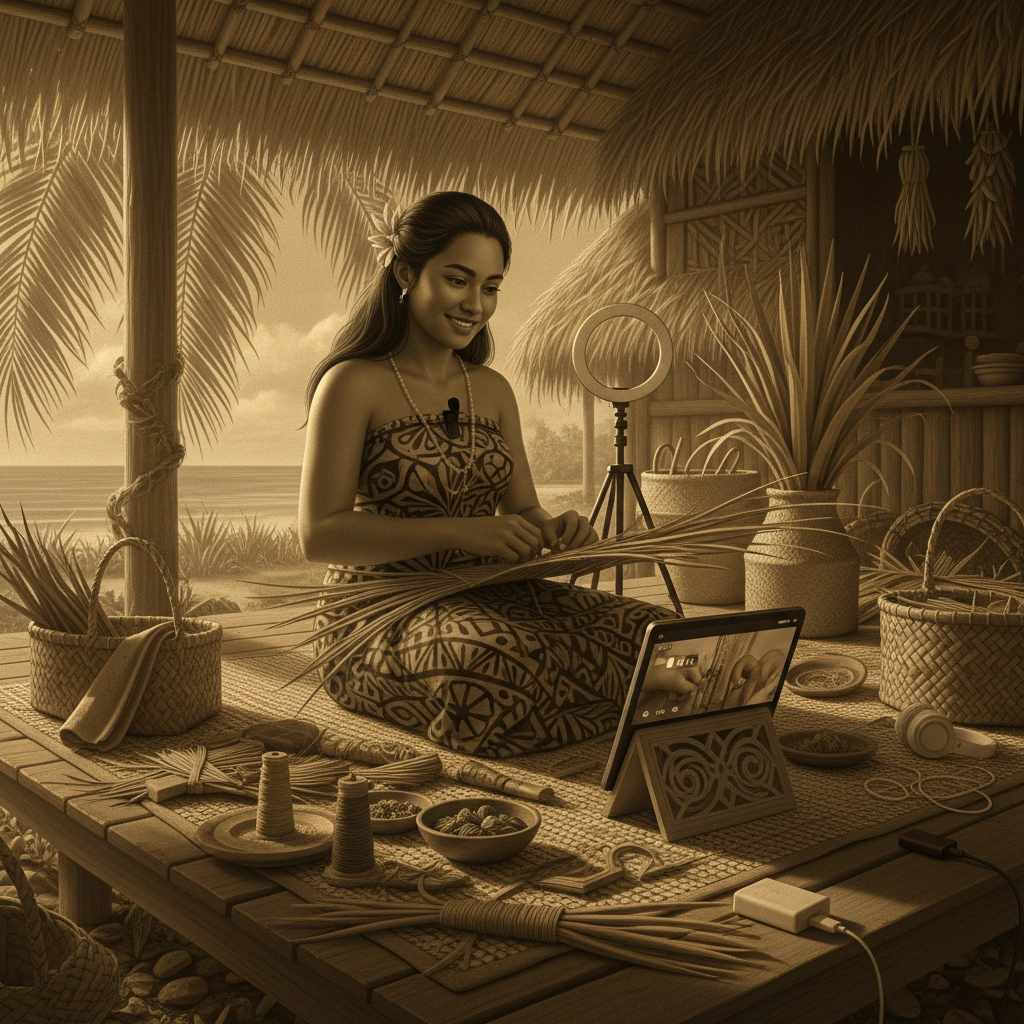
Gender, racial, and socioeconomic disparities often persist in digital spaces, reflecting broader societal inequalities. Corporate interests may dominate online cultural interactions, potentially prioritizing mainstream narratives over grassroots movements and alternative cultural expressions.
To address these challenges, preservation efforts must maintain strong connections to traditional practices while thoughtfully integrating technological tools. This balance ensures that digital preservation enhances rather than replaces community-based cultural transmission.
Creating Balanced Approaches for Future Generations
Successful technology-enabled cultural preservation requires frameworks that integrate technological capabilities while safeguarding cultural diversity and community autonomy. This involves developing protocols that respect traditional preservation ethics while harnessing digital tools' transformative potential.
The most effective approaches recognize that technology serves as a powerful complement to traditional methods when implemented with wisdom and respect. By maintaining community control over cultural materials, establishing clear ethical guidelines, and ensuring that technological interventions enhance rather than replace traditional knowledge systems, we can create preservation efforts that serve both present and future generations.
This balanced approach involves:
- Respecting traditional decision-making processes in determining what should be preserved and how
- Training community members in both traditional and technological preservation methods
- Creating sustainable funding models that don't compromise cultural integrity
- Developing culturally appropriate technologies that align with community values
- Establishing ongoing evaluation processes to ensure preservation efforts serve community goals
A Vision for the Future
Technology-enabled cultural preservation represents both tremendous opportunity and sacred responsibility. When guided by traditional wisdom and community control, these tools can ensure that our cultural heritage not only survives but thrives across generations and geographical boundaries.
The future of cultural preservation lies not in choosing between ancestral ways and modern tools, but in creating partnerships that honor both. By maintaining community autonomy over cultural narratives while leveraging technology's capacity for documentation and dissemination, we can build bridges that connect past wisdom with future possibilities.

This vision requires ongoing commitment from technologists, cultural keepers, and communities worldwide. Together, we can ensure that technology serves as a vessel for carrying forward the voices, wisdom, and traditions that define our shared human heritage: preserving not just the artifacts of our cultures, but their living spirit for generations to come.
Our responsibility extends beyond mere documentation to fostering deep appreciation for the cultural diversity that enriches our world. Through thoughtful integration of technology and tradition, we can create preservation efforts that honor the past while building pathways to a more connected and culturally rich future.

